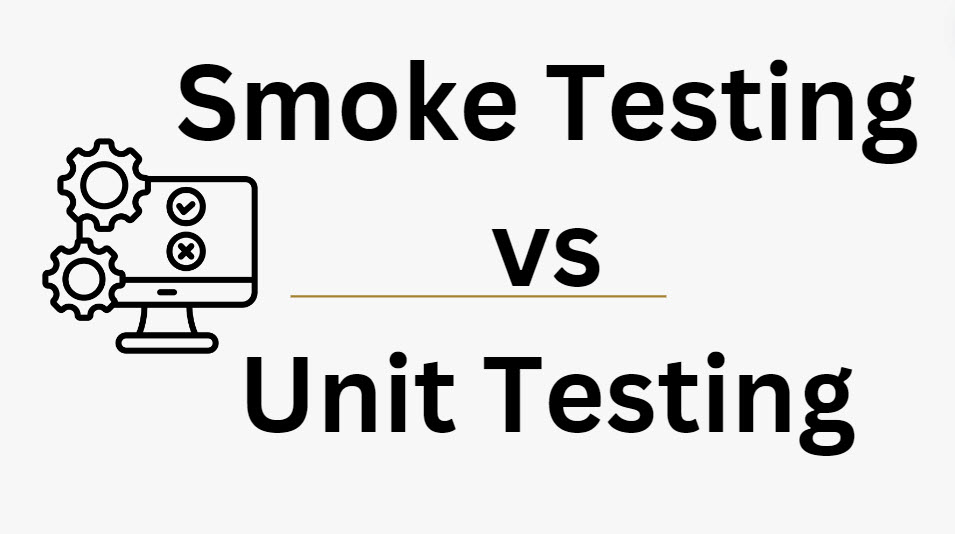Smoke testing and unit testing are two different types of software testing that are meant for different purposes in the development process.
Unit Testing
Unit tests are small, specific tests that target individual components or “units” of code, such as methods or classes. They are designed to verify that each part of the application works correctly in isolation. Unit tests are typically written by the developers and run frequently during the development process.
Smoke Testing
Smoke tests are broader in scope than unit tests and aim to check the basic functionality and stability of the entire application. They are often referred to as “build verification testing” and are used to determine whether the deployed build is stable enough for further testing.
Key differences
Scope: Unit tests are narrow and focused, while smoke tests are large-scale and cover basic functions of the entire system.
Purpose: Unit tests verify individual components, whereas smoke tests ensure the overall stability and basic functionality of the application.
Execution: Unit tests are typically run frequently during development, while smoke tests are often performed after a new build or deployment.
Speed: Unit tests are generally quick to execute, while smoke tests may take longer due to their broader scope.
Importance: Both types of testing are crucial, but they serve different purposes. Unit testing is often considered mandatory in many development processes, while smoke testing acts as a gatekeeper for further testing.
A tabular comparison between unit testing and smoke testing.
| Feature | Unit Testing | Smoke Testing |
|---|---|---|
| Scope | Narrow, focused on individual components or “units” of code | Broad, covers the basic functionality of the entire system |
| Purpose | Verify individual parts work correctly in isolation | Determine if the deployed build is stable for further testing |
| Performed by | Typically developers | Often performed by testers or QA team |
| Frequency | Regularly during development | After new builds or deployments |
| Speed | Generally quick to execute | it may take longer due to broader scope |
| Depth | In-depth testing of specific functions | Surface-level testing of critical functionalities |
| Automation | Easily automated | It can be automated, but sometimes manual |
| Duration | More time-consuming to write | Relatively quick to create |
| Coverage | High code coverage for tested units | Low overall code coverage but covers critical paths |
| Complexity | Can involve complex scenarios for individual units | Usually involves simple, basic test cases |
You may also like following the articles below
In summary, both unit testing and smoke testing are important parts of a comprehensive testing strategy. They complement each other and help ensure the quality and reliability of the software being developed.

My name is Madhu, and I’m a certified Test Consultant with more than 16 years of hands-on experience developing and maintaining manual and Test Automation in the Software industry. I have experience with automation tools such as Selenium, Katalon Studio, etc.
